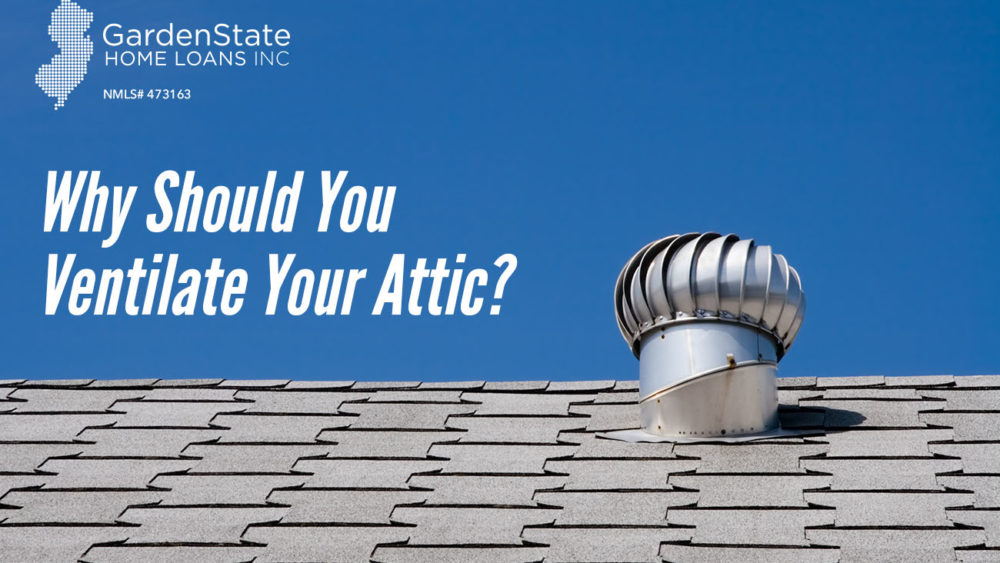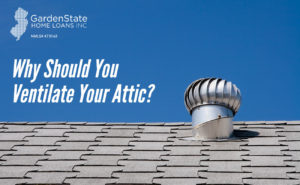Proper Attic Ventilation
Proper attic ventilation is important. Most experts say that a well-ventilated attic keeps homes more comfortable in the summer and protects against heated air building up in the winter. Make sure that your attic is well ventilated with these following tips.
Common Causes for Poor Ventilation
There are many causes for poor ventilation in attics. Some of the most common are:
-
Insulation
A common issue for poor ventilation is when insulation blocks the space between the rafters. This blocks air traveling to and from the soffit area. To fix this issue, install new air chutes or clean them if they have been clogged.
-
Aluminum or vinyl soffits
Sometimes, aluminum or vinyl soffits are installed over plywood soffits. Plywood soffits don’t have venting holes, which prevents air from moving around. To fix this issue, cut holes in the plywood soffits.
-
Gaps
There may be gaps around any plumbing pipes, ducting, or electrical pipes. These gaps don’t exactly relate directly to air ventilation, but it’s still just as, or more, important than ventilation. To seal gaps, use a minimally expanding foam or caulk. Sealing the gaps will keep moist air out of the attic.
-
Roof Vents
It’s possible that your roof only has rectangular roof vents installed on one side of your roof. Roof vents work best when wind blows over them, not into them. To fix this, install roof vents on both sides of your roof.
Does your home need more vents?
Poor ventilation causes many different issues. One of the most common issues of poor ventilation is moisture buildup. Moisture buildup shows itself through:
- Frost on the underside of the rafters or roof. Frost forms when warm air gets trapped in the attic and condenses and freezes on the wood.
- Water-stained or blackened wood, which is a sign of mildew or rot.
- Heavily rusted nails. This is a sign that condensation is forming on metal surfaces.
- Matted-down insulation. Matted-down insulation is a sign that your roof is leaking, either from melting ice or other reasons.
Why should your roof be ventilated?
There are many reasons for you to ventilate your attic. The four main benefits of a well-ventilated attic are:
- Preventing mildew growth and rot. A well-ventilated attic prevents mildew and growth and rot on the roof’s framing by reducing moisture buildup.
- Prevents ice dams. Ice dams form when warm attic air melts the snow on the roof and then refreezes on the edge of the roof. The ice traps water behind it, which allows the water to seep under the shingles and leak through the roof. In the winter, a well-ventilated attic prevents ice dams in the winter by keeping your roof cooler.
- If you have a shingled roof, it will extend the life of your shingles. Shingle warranties usually require you to have a ventilated attic.
- Reduces cooling costs in the warm season. The amount of savings you will obtain will depend on the amount of insulation already in your attic.



Comments are closed.